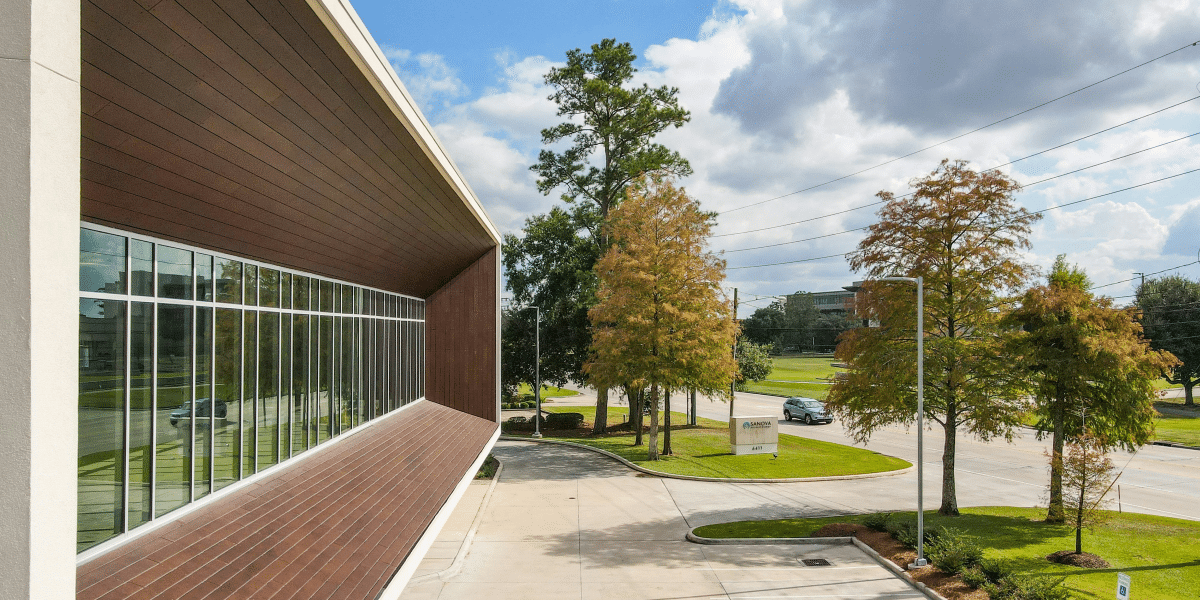By: Jacob Maslow
Some areas are more prone to weeds than others. If you want an aesthetically pleasing patio, garden, or walkway but struggle with weed control, landscaping fabric can help. Five problems landscaping fabric can solve are weed control, erosion, maintaining hardscaping integrity, and temperature control.
1- Weed Control
One of the popular reasons landscaping fabric is installed is its ability to control weed growth immediately. The material creates a resilient barrier that slows or eliminates weed seeds’ germination ability by blocking the sun. With weed control in place, there is little need for additional herbicides. Due to the design of the material, it is important to use this method in well-established or permanent gardens where future planting will not take place. For premier results, the material should be installed as directed and pinned properly, when necessary.
2- Erosion
For homeowners worried about erosion in their landscape, landscaping fabric can be a great solution. The material stabilizes the soil and helps prevent dirt or sand from washing away. By preventing erosion, the material allows pavers or other landscaping materials to stay in place. Landscaping fabric is a popular option for sloped areas naturally prone to erosion. The material also helps reduce surface evaporation, so there is less need for watering, which could lead to erosion potential.
3- Maintains Hardscaping
There’s nothing worse than buying pea gravel or mulch for your garden and watching as the material slowly sinks into the soil around your plants or bushes. With landscaping fabric, homeowners can maintain the integrity of their hardscaping by installing the material. With landscaping fabric in place, pea gravel or other landscaping material will not sink into the soil and disappear, which reduces the need to replace these materials year after year.
Mulch can also be used to cover landscaping fabric for great curb appeal. As mulch naturally begins to disintegrate, the nutrients from the material are absorbed into the soil, which also increases the soil’s health.
4- Temperature Control
Landscaping fabric is best used in infrequently disturbed areas, such as shrubs or bushes. One of the significant benefits of this material is its ability to control soil temperature. In cold winter months, the landscaping fabric will help keep the soil warm. The material allows the area to remain cool in hot, rainy months.
5- Doesn’t Add Harsh Chemicals to the Soil
Using landscaping fabric instead of chemicals toS control soil issues is a more natural way to deal with garden problems. Landscaping fabric can last several years and requires no additional pest, insect, or weed control chemicals. In addition to not adding harmful chemicals to the soil, landscaping fabric can also help decrease waste as some types of this material are biodegradable.
There are many different types of heavy-duty landscaping materials available. Some types are bio-degradable and need to be replaced over time, while others will last for years and increase soil health. To make the premier decision for a particular area, it’s essential to determine what problems must be addressed and what type of landscaping fabric will make that possible.
Published by: Holy Minoza







